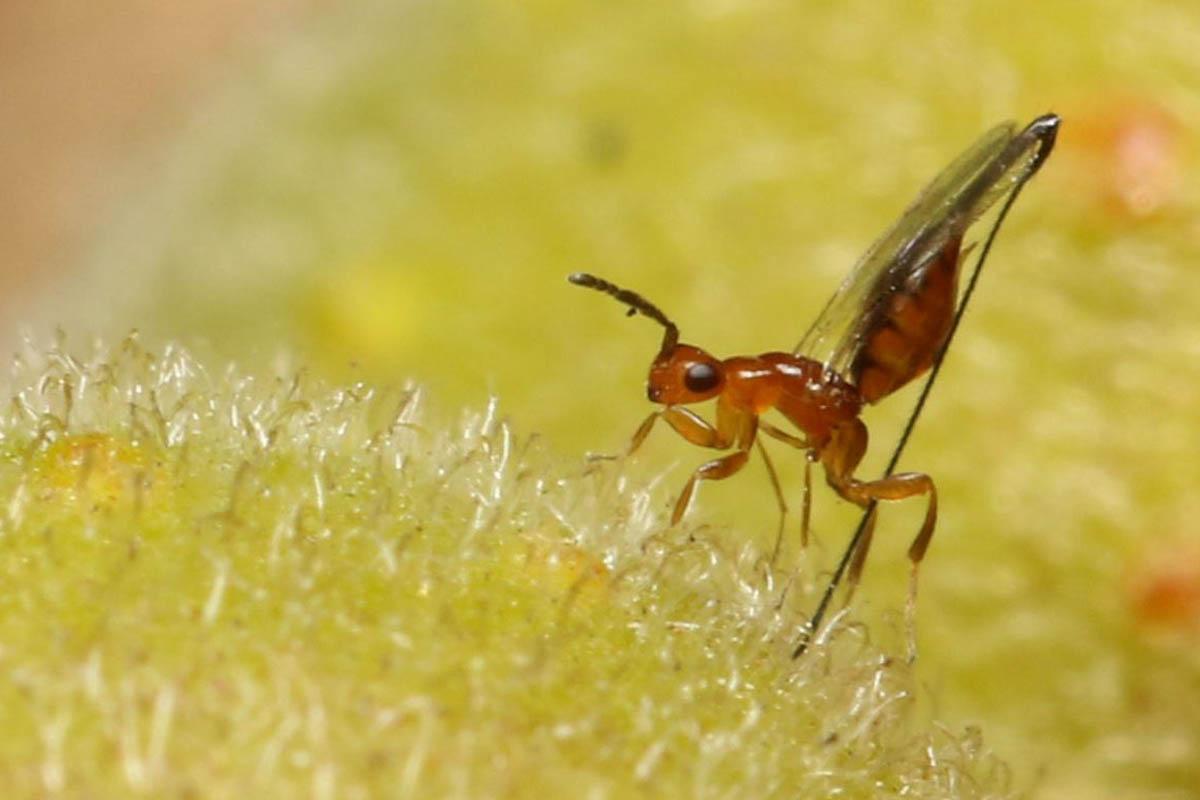D: Hey Yaël, what are you eating?
Y: Dried figs. Want one?
D: No thanks. I'm still getting used to the idea that every fig has a dead wasp inside. Broken down into protein, but still...
Y: Wait. Say that again?
D: Sounds like something kids would say to gross each other out, right? But it's true. Figs have their thousands of individual flowers folded up inside them, so they can't rely on bees or wind to pollinate them with a male fig's pollen. That's where the fig wasp comes in. A female wasp crawls inside a male fig, which is the perfect shape for her to lay her eggs in, losing her wings along the way. She dies soon after laying her eggs, and is digested by the fig, which provides the fig with nutrients. After the eggs hatch and mature, the males mate with the females. Then the males chew tunnels to the surface of the fig. But that's their only role--they die inside the fig soon after. Then the females crawl through the tunnels. Carrying pollen from the fig they were born in, they fly to another fig to lay their own eggs. The fig wasps don't know if they're entering a male or female fig, though. If they end up in a female fig, they pollinate it, but the fig isn't the right shape for them to lay their eggs, so they just wait there until they die.
Y: And if they end up in a male fig, they can lay their eggs, but also end up dying.
D: But hey, at least we get a great snack, right?
Y: I think I've lost my appetite...










